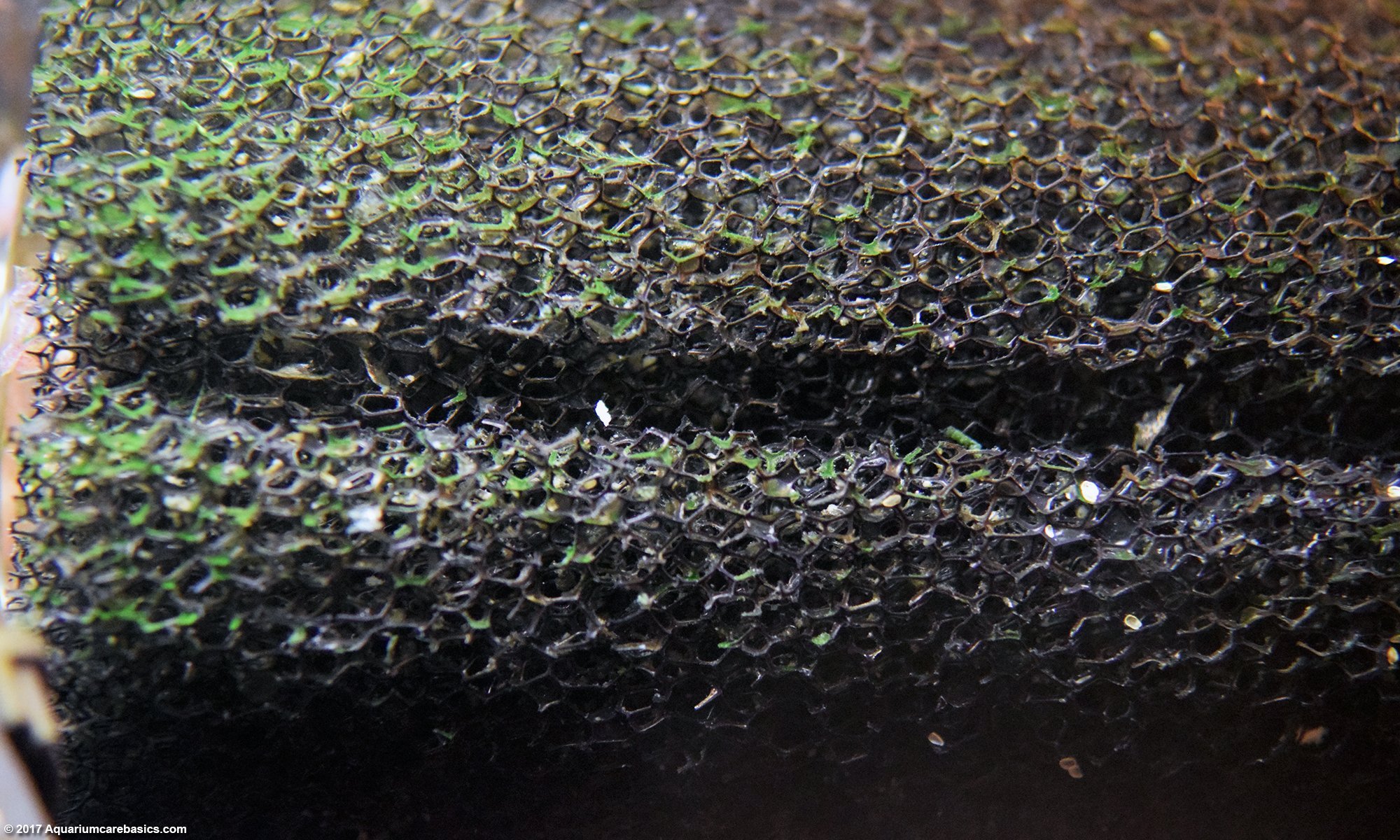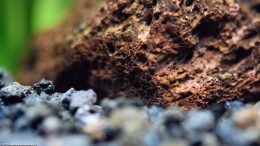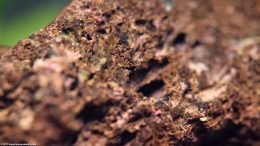One of the most important things an aquarium hobbyist can do to maintain water quality is seed their aquarium with good bacteria from an established, stable and healthy tank. Adding this beneficial aquarium bacteria will give a tank a “head start” with the process of breaking down organic matter.
Seed A Tank With Good Bacteria
Good bacteria can come from a handful of populated gravel or substrate, or a used filter pad that’s been rinsed in tank water, a used sponge filter, or even an external filter box. Dropping a piece of used filter pad into a new filter box helps establish a colony of good aquarium bacteria in a new tank. Growing and maintaining good bacteria is probably the single most important thing an aquarium hobbyist can do to keep a healthy tank. Protect good aquarium bacteria as if it were gold, and so many of the most common issues may never arise.
Photo Gallery
Aquarium Bacteria: What Does It Do?
What does good aquarium bacteria do? Here is the non-technical explanation: Aquarium fish, snails, shrimp, clams and any other inhabitants produce waste. Waste builds up in a tank as fish excrete. Waste also builds up as a result of uneaten food, dead and decaying plants, a very dirty filter pad, a dead fish and the like. As waste builds up, a good bacteria grows that converts waste to Ammonia. Even at low levels, Ammonia is very toxic to fish. As Ammonia levels rise, another good bacteria grows that converts Ammonia to Nitrite. Although Nitrite is not as toxic as Ammonia, it is still harmful to fish. As Nitrite levels rise, another good bacteria grows that converts Nitrite to Nitrate. This process is called aquarium cycling or the aquarium nitrogen cycle.
Nitrate is generally non-toxic to fish except at very high levels. Nitrate cannot be removed from freshwater aquariums by good bacteria because bacteria necessary to remove Nitrate grows in an environment deprived of oxygen. There is too much oxygen in freshwater tanks to allow this. Nitrate is removed with regular partial water changes…and that’s why partial aquarium water changes are important. Avoid disturbing the beneficial aquarium bacteria colonies established on the hard surfaces of the tank.



